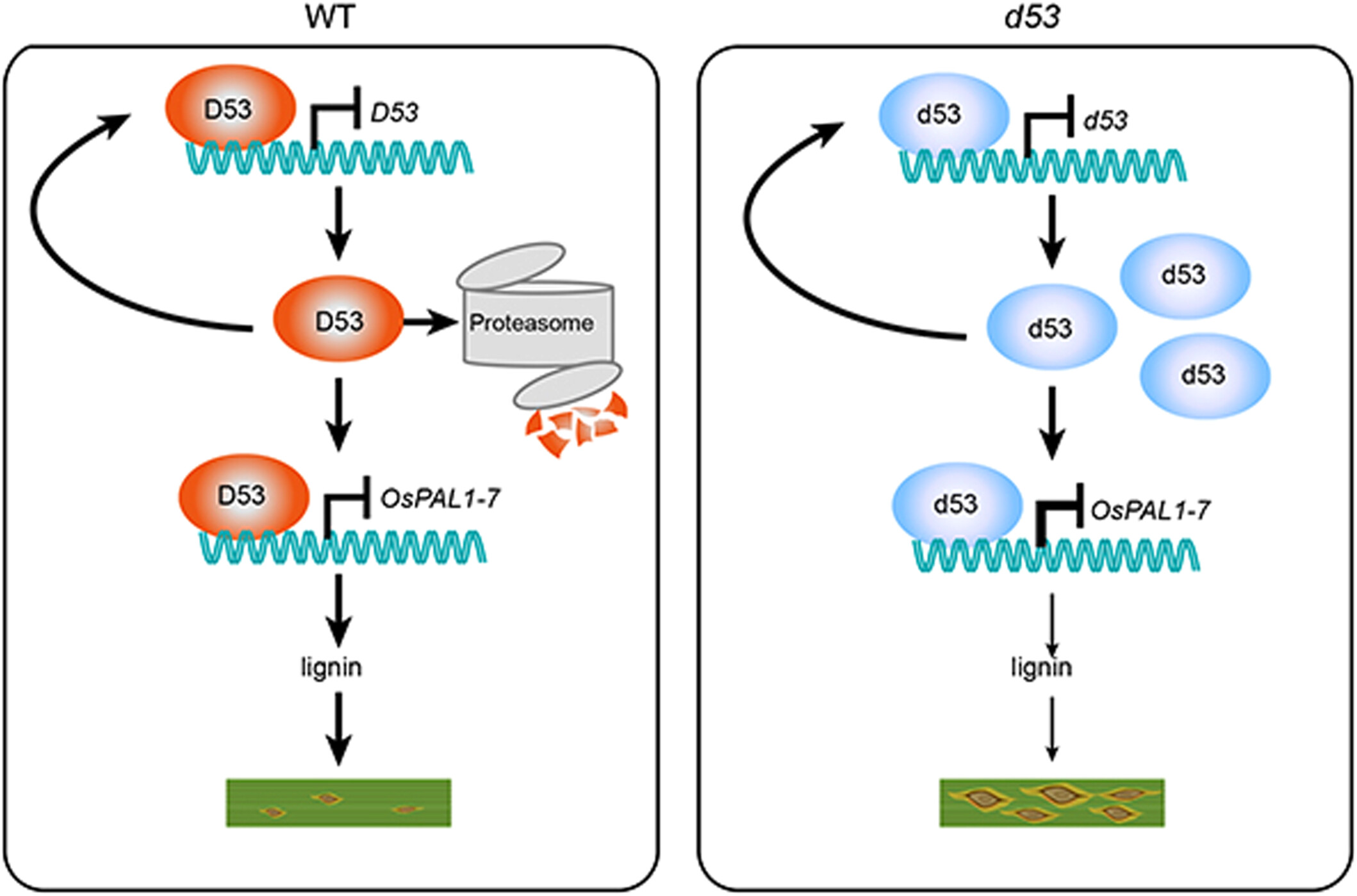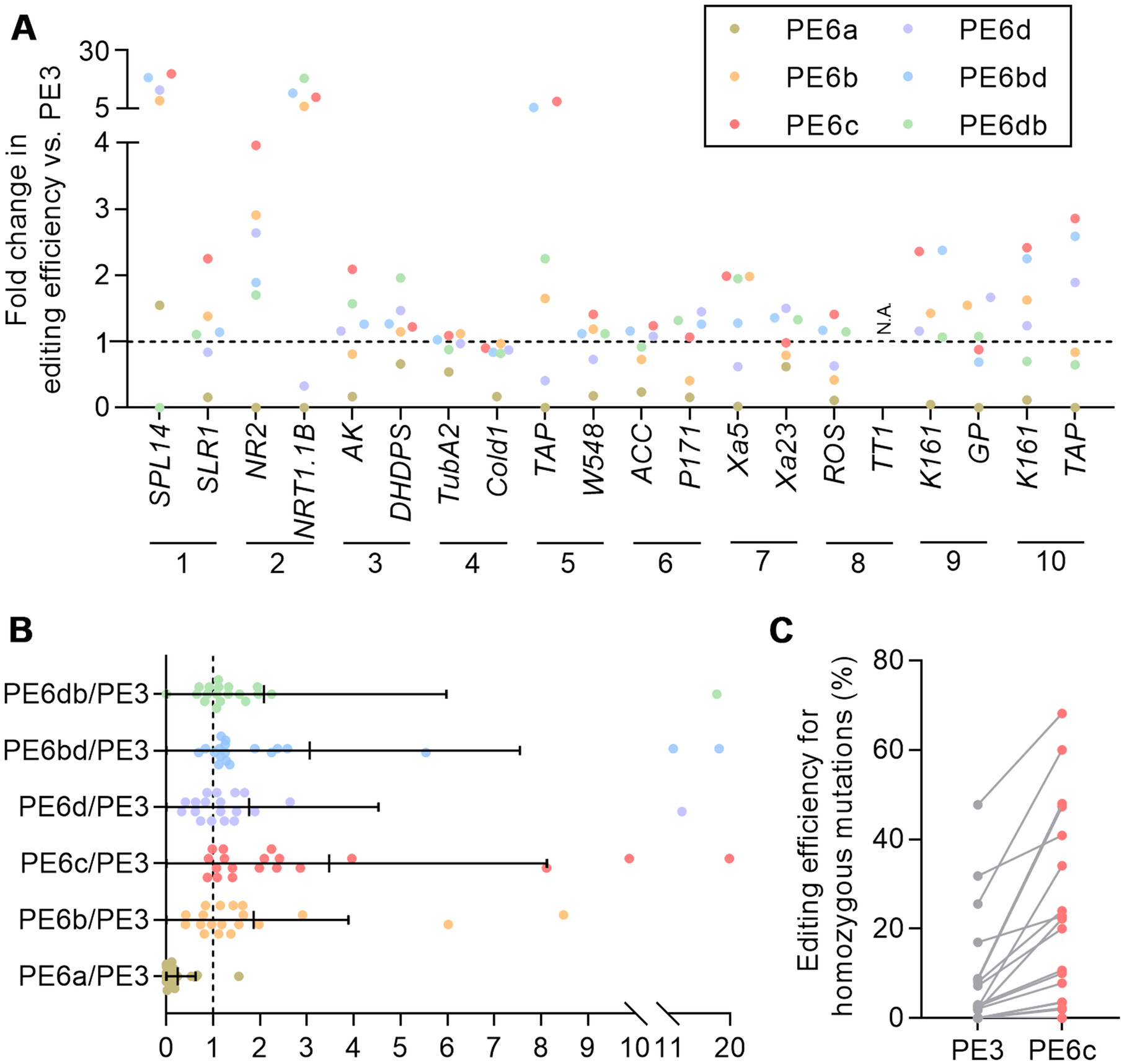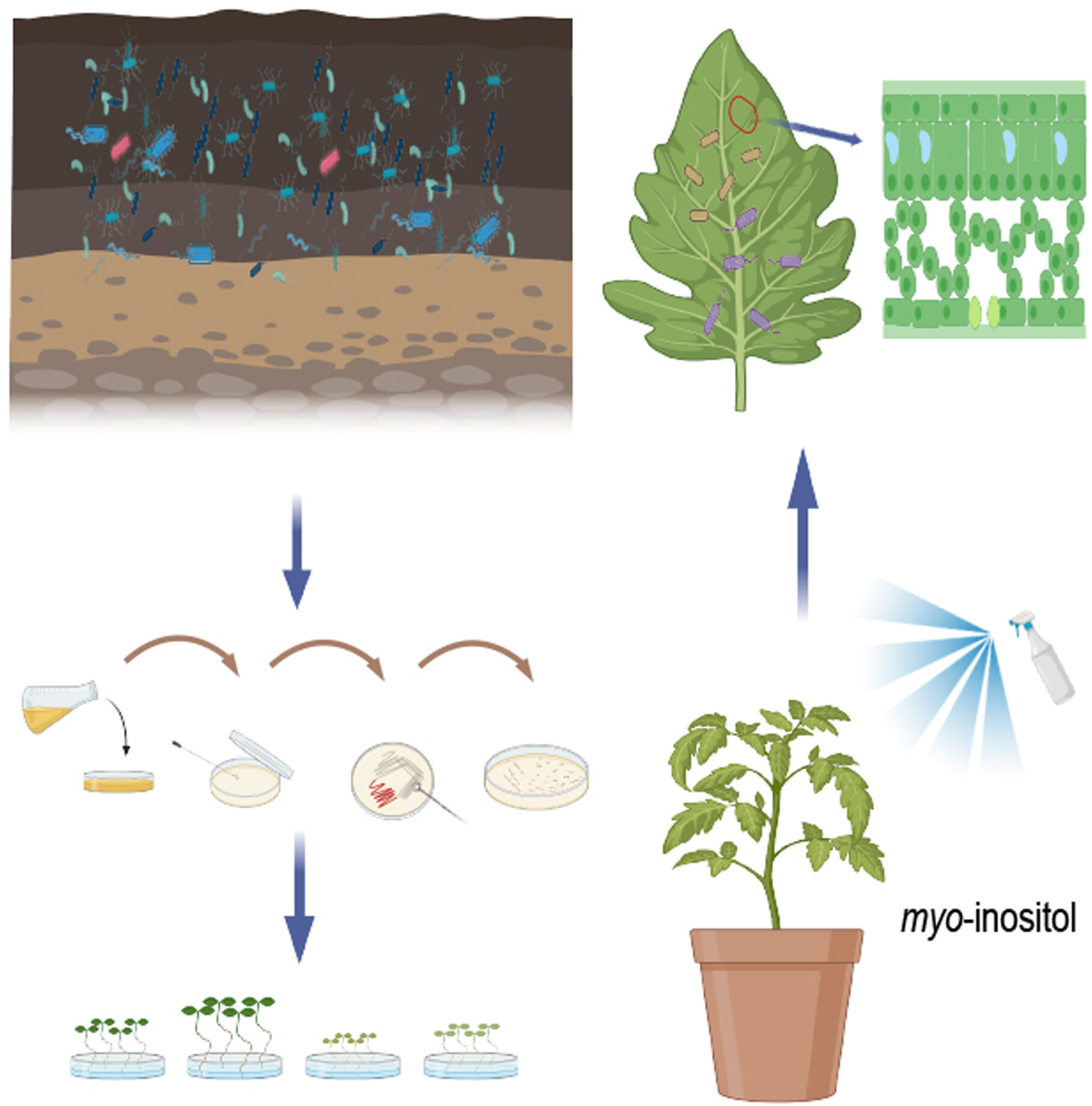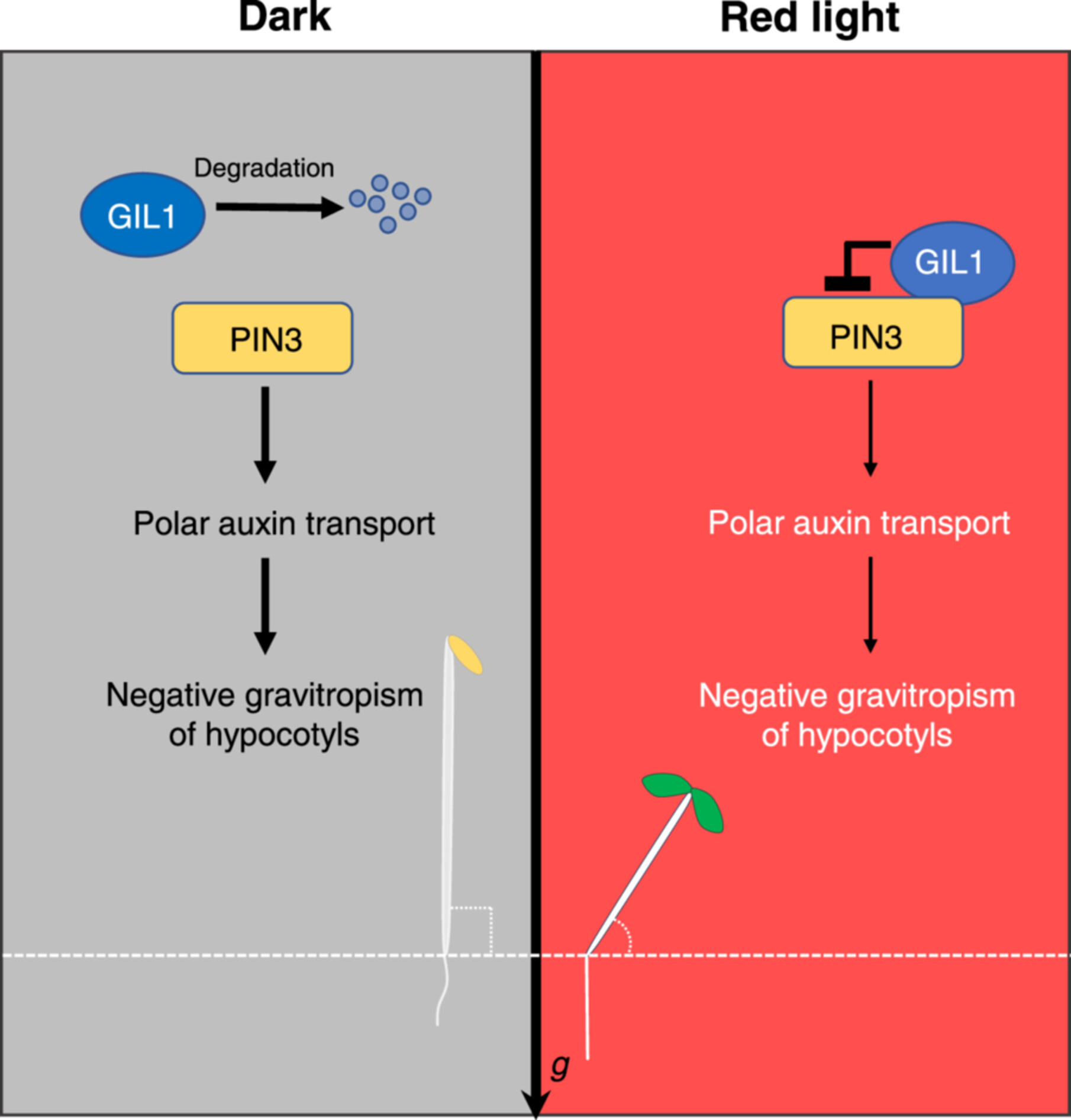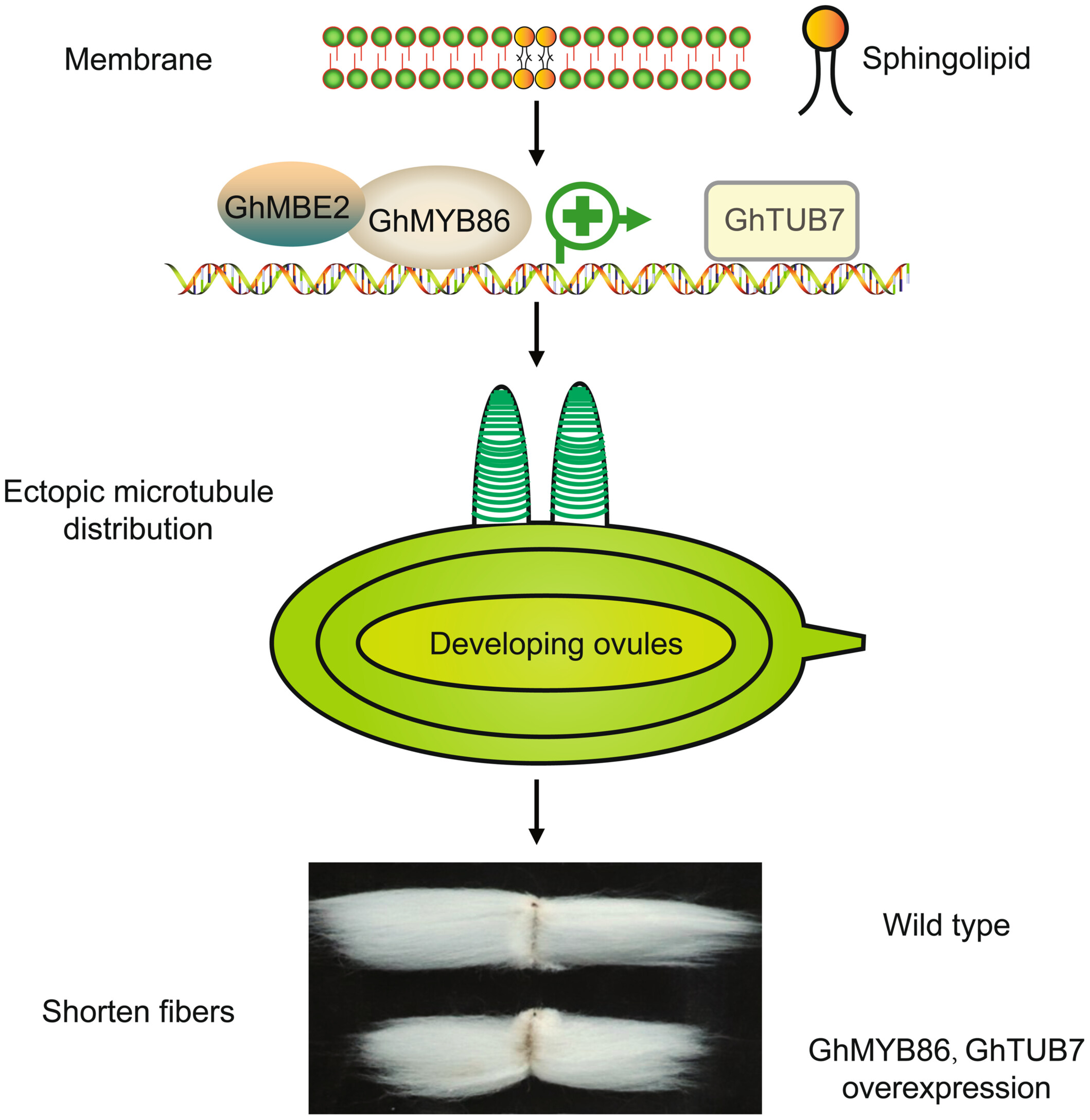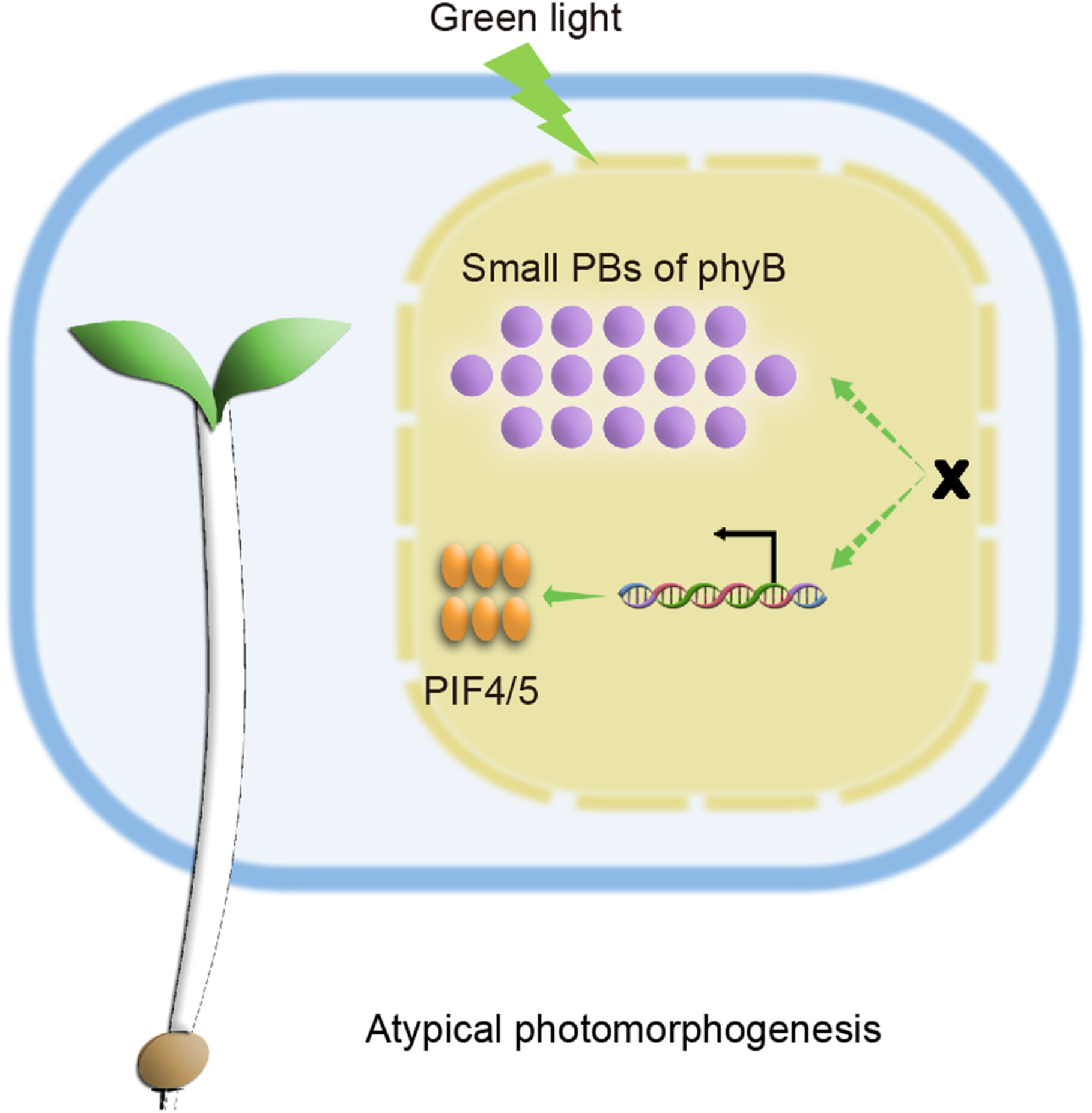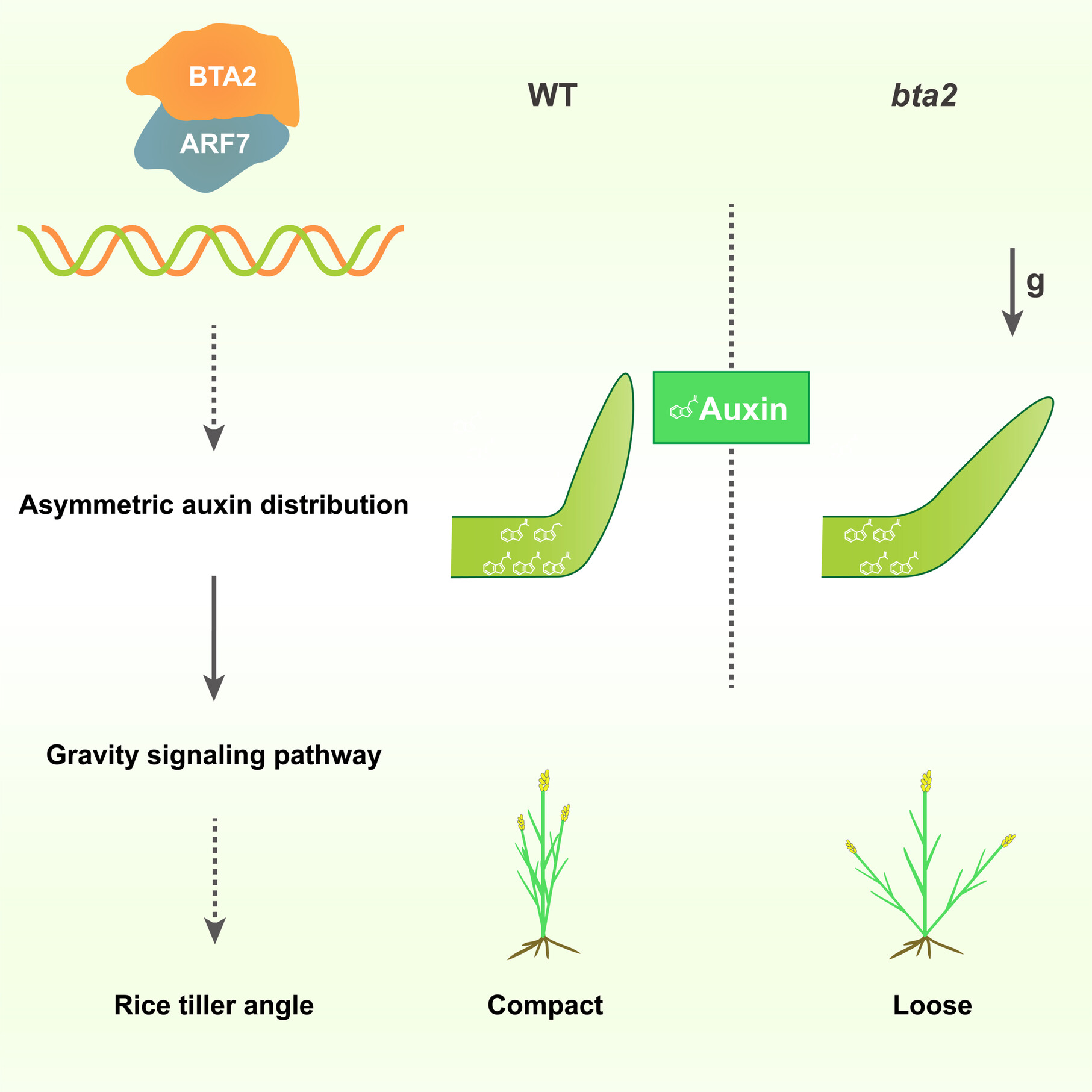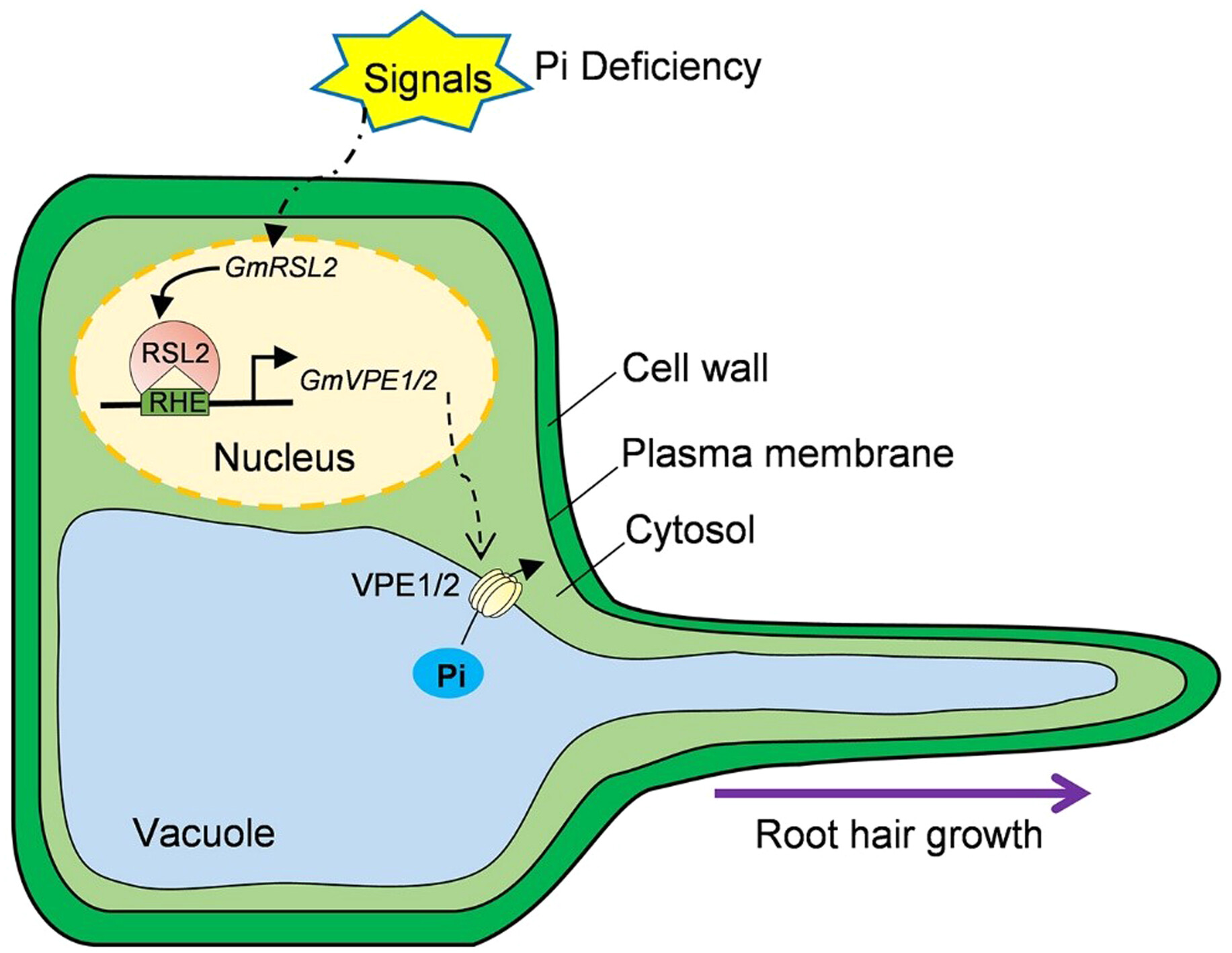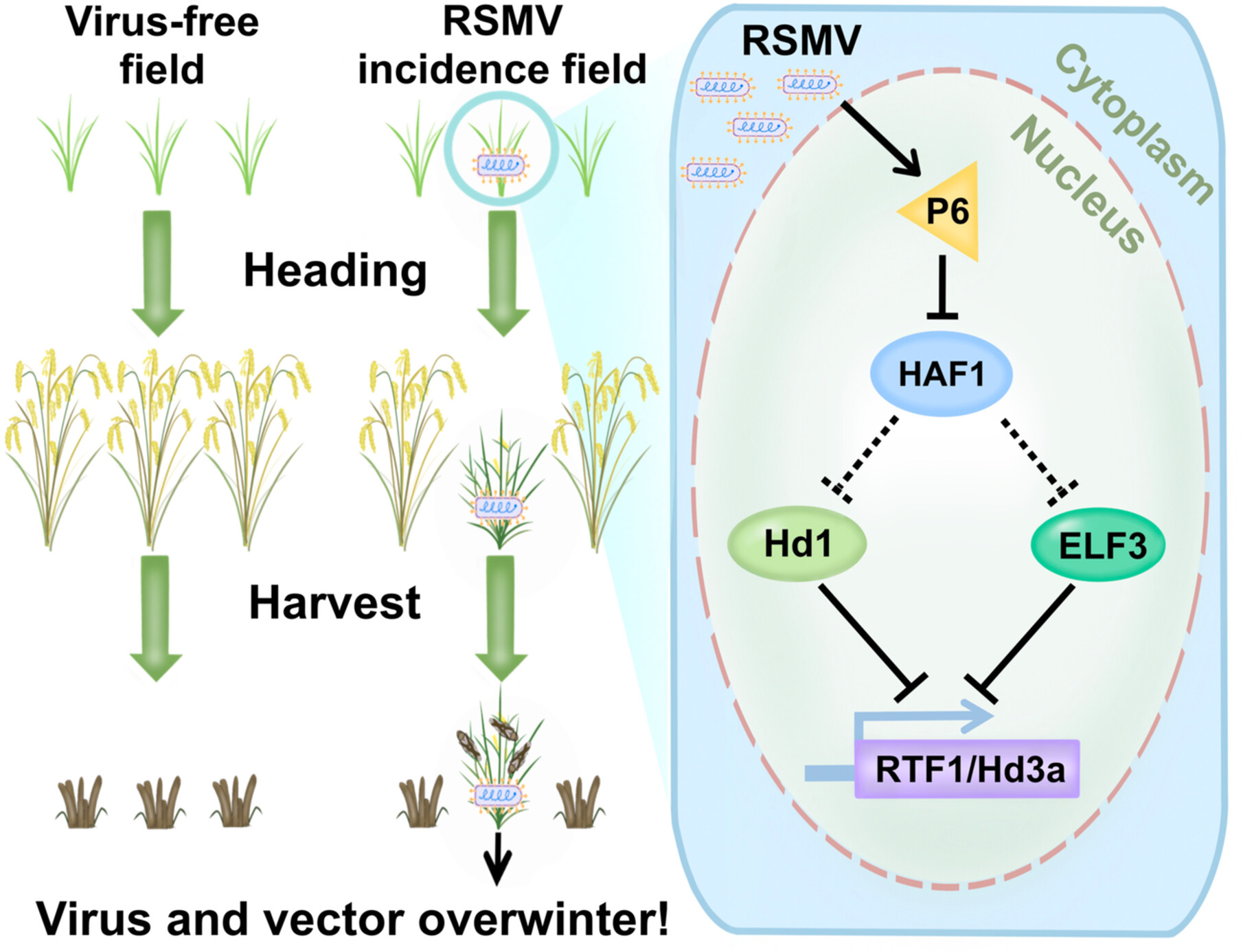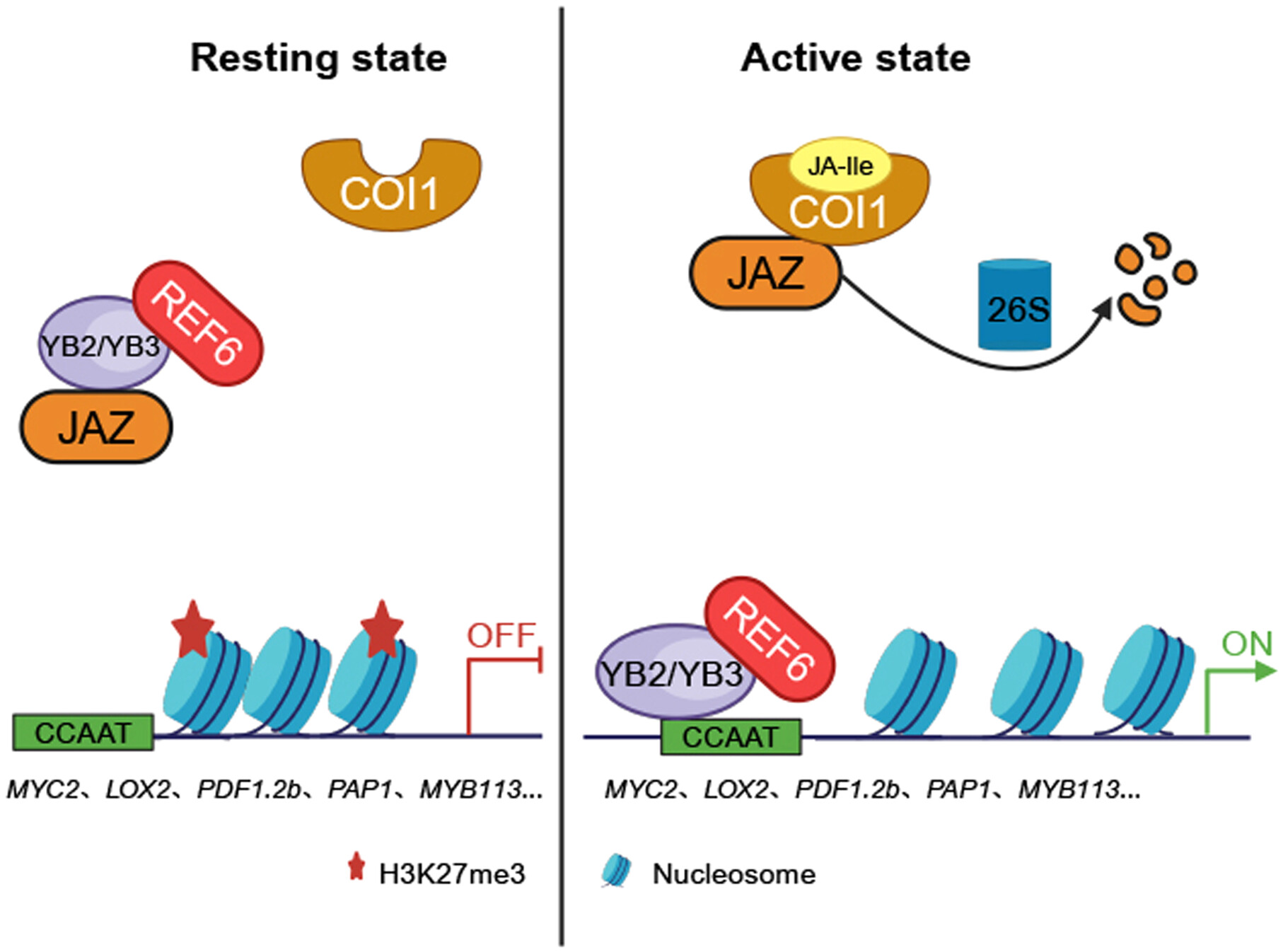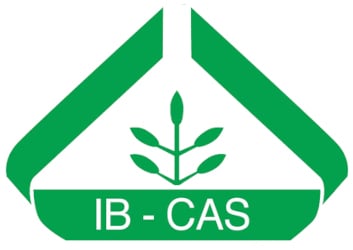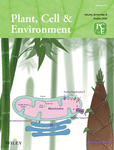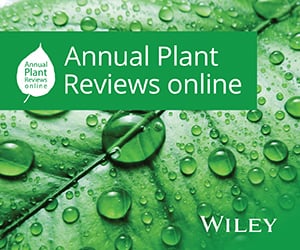Journal list menu
Export Citations
Download PDFs
Cover Picture
Cover Image:
- Page: C1
- First Published: 05 September 2024
Following a season of diligent cultivation, the rice plants are ready for harvest. However, some rice plants have not headed yet and so are left unharvested in the fields. This delay is caused by infection with rice stripe mosaic virus, a newly emerged rice virus in southern China. Chen et al. (pages 2000-2016) demonstrated that the virus-encoded protein P6 hijacks the rice heading-related E3 ubiquitin ligase HAF1, leading to delayed heading. The infected plants that are left unharvested offer a conducive environment for the virus and its carrier, the leafhopper Recilia dorsalis, to overwinter.
Issue information page
Brief Communications
In vivo haploid induction in cauliflower, kale, and broccoli
- Pages: 1823-1826
- First Published: 03 July 2024

Modifying the centromeric histone CENH3 or PHOSPHOLIPASE D genes in cauliflower (Brassica oleracea var. botrytis) created haploid induction lines, which can be widely used for in vivo haploid induction in cauliflower, kale, and broccoli, thus enabling rapid utilization of germplasm resources and improving breeding efficiency.
D53 represses rice blast resistance by directly targeting phenylalanine ammonia lyases
- Pages: 1827-1830
- First Published: 28 June 2024
Review Article
Ripening and rot: How ripening processes influence disease susceptibility in fleshy fruits
- Pages: 1831-1863
- First Published: 17 July 2024
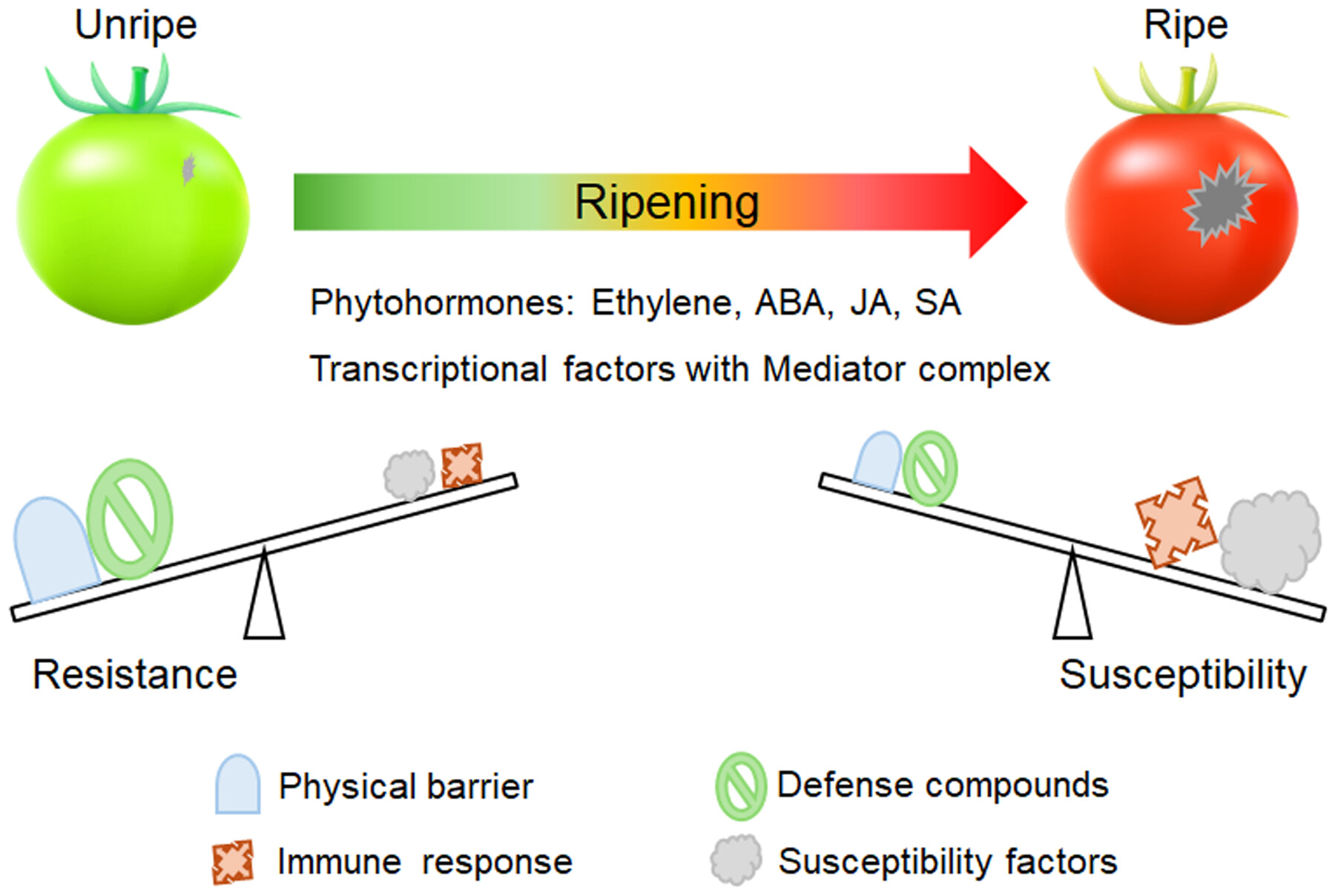
This review summarizes the physiological and molecular mechanisms underlying the interplay between fruit ripening and susceptibility/resistance to microbial pathogens and considers strategies for improving fruit quality, with tomato as a model for fleshy fruit-pathogen interactions, and relevant information from many other plant species.
New Technology
PE6c greatly enhances prime editing in transgenic rice plants
- Pages: 1864-1870
- First Published: 09 July 2024
Abiotic Stress Responses
Halotolerant Bacillus sp. strain RA coordinates myo-inositol metabolism to confer salt tolerance to tomato
- Pages: 1871-1885
- First Published: 05 July 2024
Cell and Developmental Biology
Light-stabilized GIL1 suppresses PIN3 activity to inhibit hypocotyl gravitropism
- Pages: 1886-1897
- First Published: 11 July 2024
Sphingolipid inhibitor response gene GhMYB86 controls fiber elongation by regulating microtubule arrangement
- Pages: 1898-1914
- First Published: 12 July 2024
Green light mediates atypical photomorphogenesis by dual modulation of Arabidopsis phytochromes B and A
- Pages: 1915-1933
- First Published: 18 July 2024
BBX9 forms feedback loops with PIFs and BBX21 to promote photomorphogenic development
- Pages: 1934-1952
- First Published: 23 July 2024
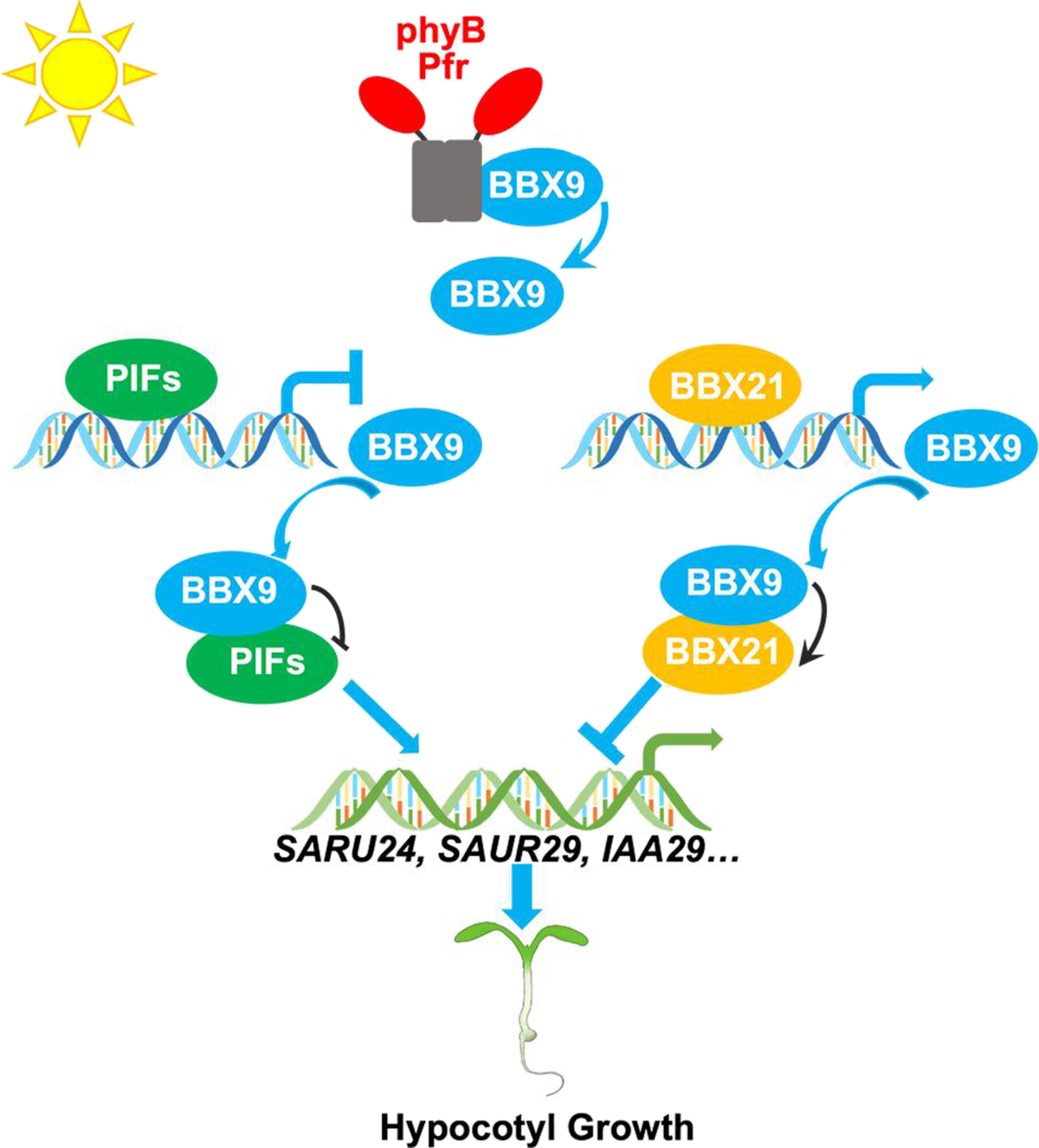
The red-light photoreceptor phytochrome B interacts with and stabilizes the B-box protein BBX9 in the light. BBX9 forms a negative feedback loop with PHYTOCHROME-INTERACTING FACTORS (PIFs) and a positive feedback loop with BBX21, ultimately suppressing PIF activity and enhancing BBX21 activity, thus promoting photomorphogenesis.
Molecular Physiology
The TaGW2-TaSPL14 module regulates the trade-off between tiller number and grain weight in wheat
- Pages: 1953-1965
- First Published: 24 June 2024
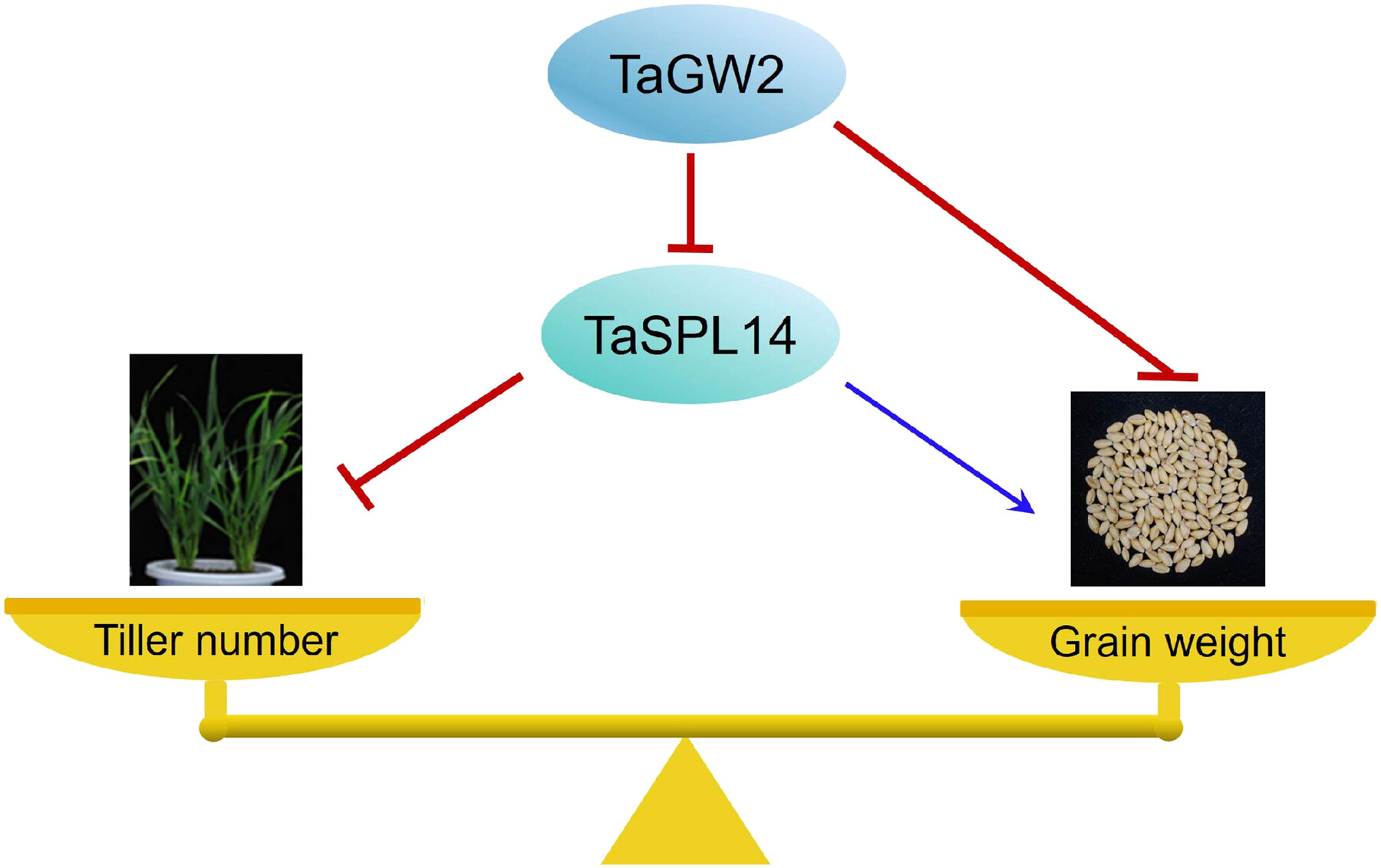
In wheat (Triticum aestivum) GRAIN WIDTH 2 (TaGW2) interacts with SQUAMOSA PROMOTER-BINDING-LIKE 14 (TaSPL14) and mediates its ubiquitination and degradation, simultaneously regulating wheat tillering and grain weight; their combinational haplotypes have additive effects on tiller number and grain weight in wheat breeding.
BTA2 regulates tiller angle and the shoot gravity response through controlling auxin content and distribution in rice
- Pages: 1966-1982
- First Published: 28 June 2024
Mechanisms of vacuolar phosphate efflux supporting soybean root hair growth in response to phosphate deficiency
- Pages: 1983-1999
- First Published: 09 July 2024
Plant Biotic Interactions
Rice stripe mosaic virus hijacks rice heading-related gene to promote the overwintering of its insect vector
- Pages: 2000-2016
- First Published: 24 June 2024
A NAC transcription factor MNAC3-centered regulatory network negatively modulates rice immunity against blast disease
- Pages: 2017-2041
- First Published: 02 July 2024
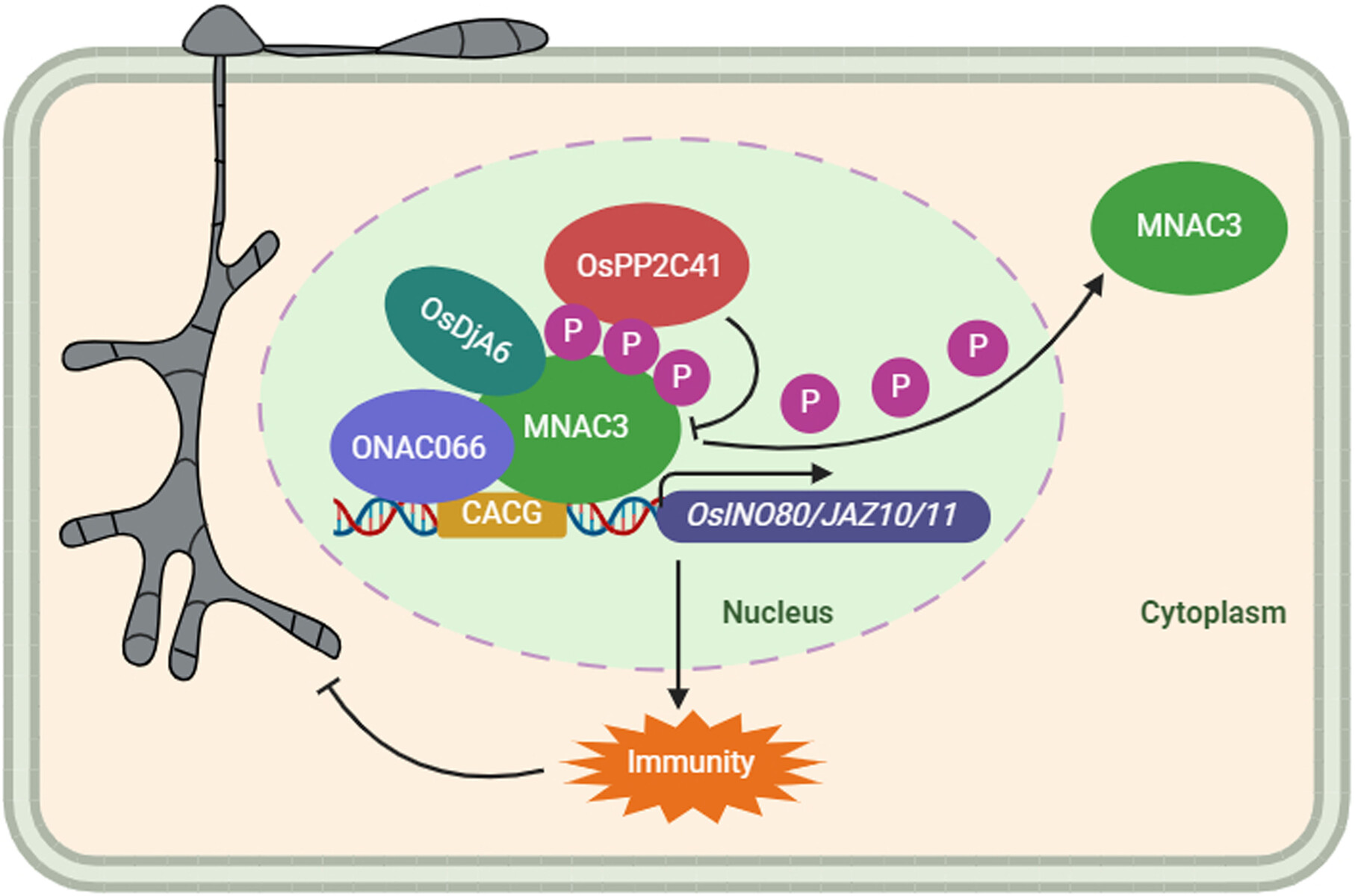
In rice, the protein phosphatase OsPP2C41 dephosphorylates the ONAC transcription factor MNAC3, facilitating its translocation from nucleus to cytoplasm and suppressing its transcriptional activity on downstream target genes OsINO80 and OsJAZ10, which negatively regulate immunity, thus modulating rice immunity against blast disease.
A pair of nuclear factor Y transcription factors act as positive regulators in jasmonate signaling and disease resistance in Arabidopsis
- Pages: 2042-2057
- First Published: 02 July 2024
The actin motor protein OsMYA1 associates with OsExo70H1 and contributes to rice secretory defense by modulating OsSyp121 distribution
- Pages: 2058-2075
- First Published: 23 July 2024
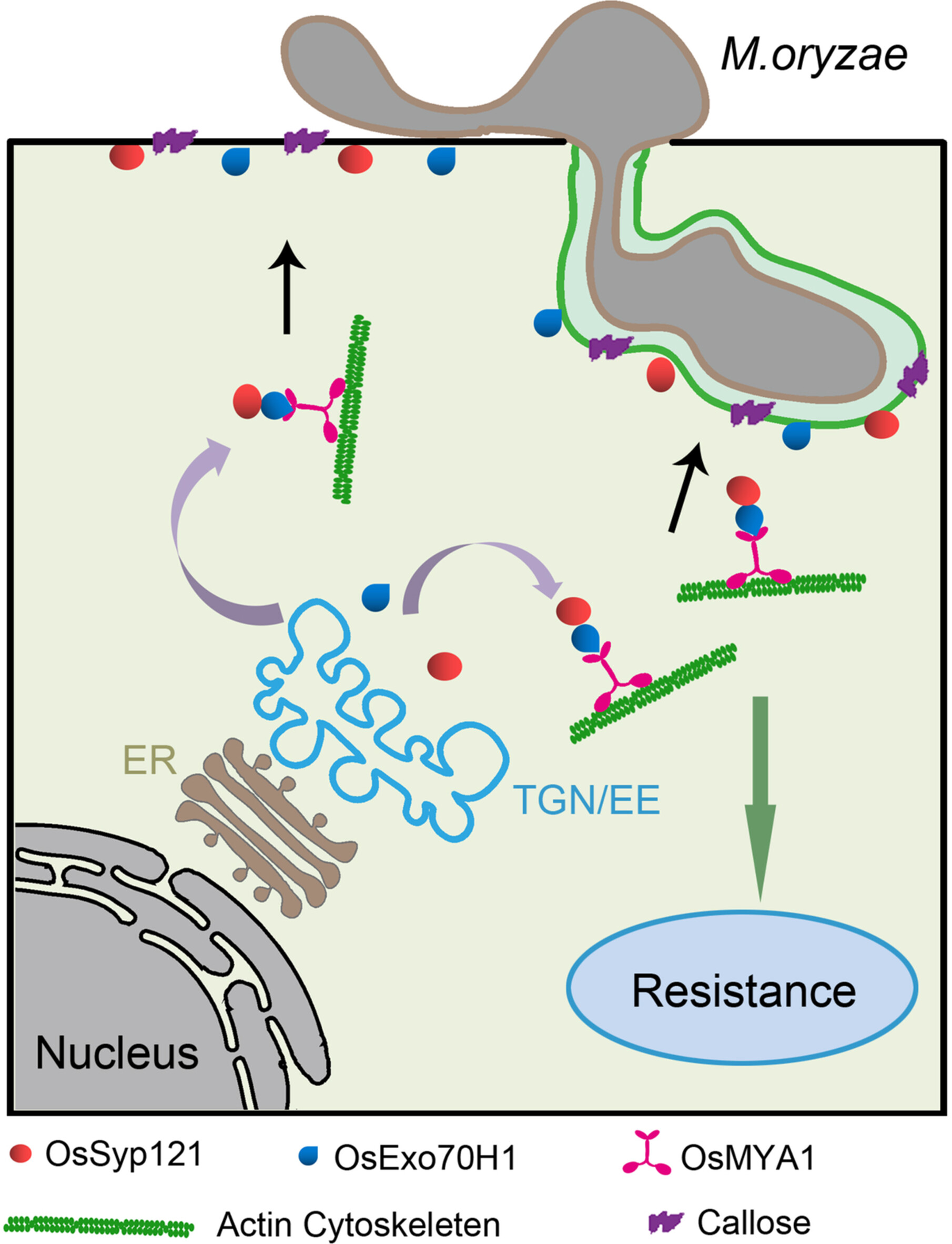
In rice cells, the myosin protein OsMYA1 drives defense-related secretory vesicle transport in response to infection with the rice blast fungus Magnaporthe oryzae. OsMYA1 guides directional transport of the exocyst subunit OsExo70H1 and SYNTAXIN OF PLANTS 121 to the cell membrane and fungus-host interface to build plant defenses.





